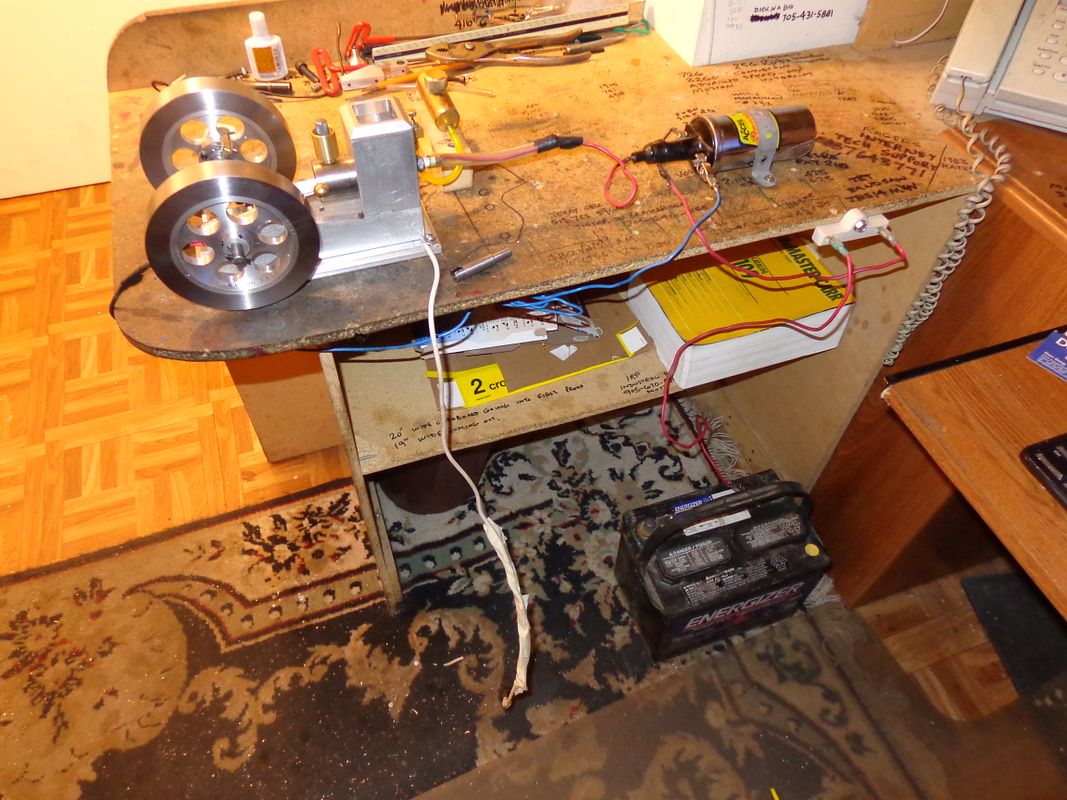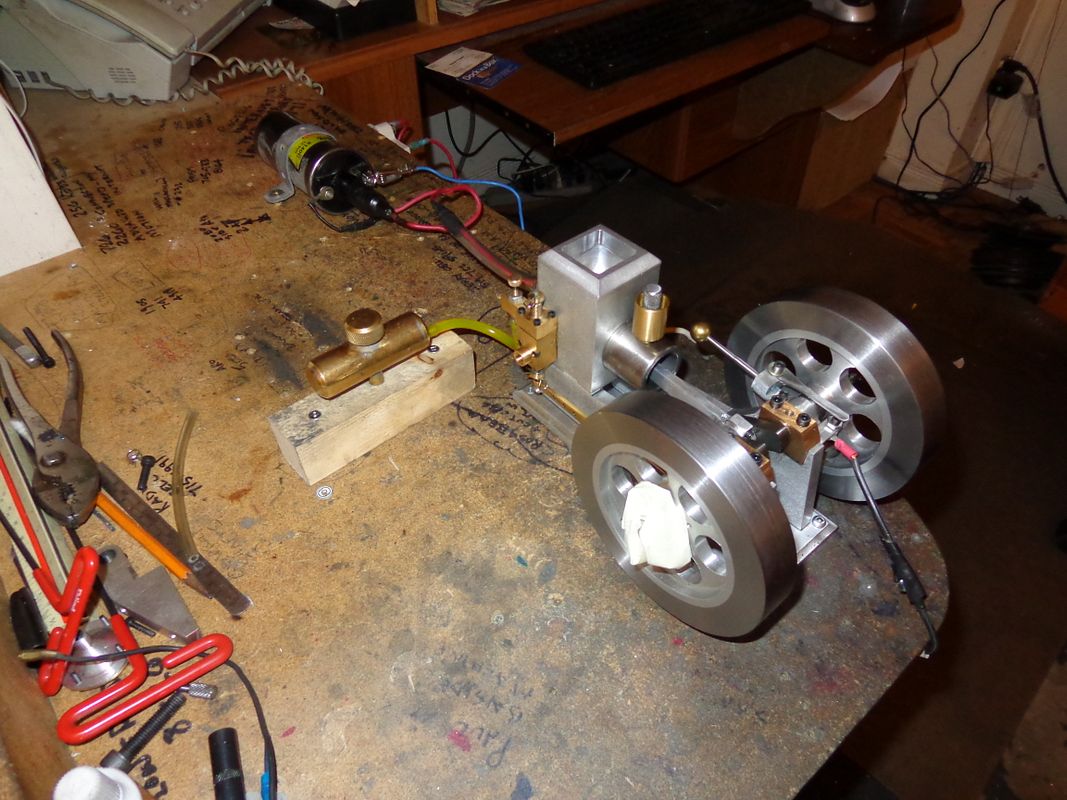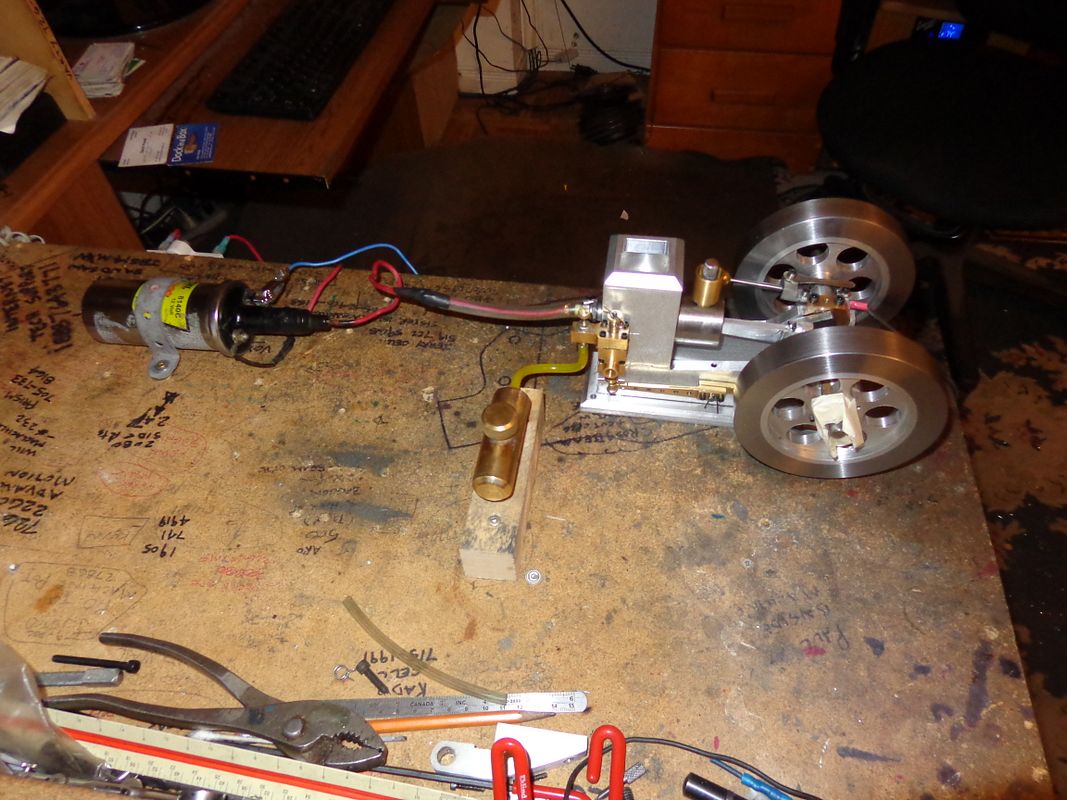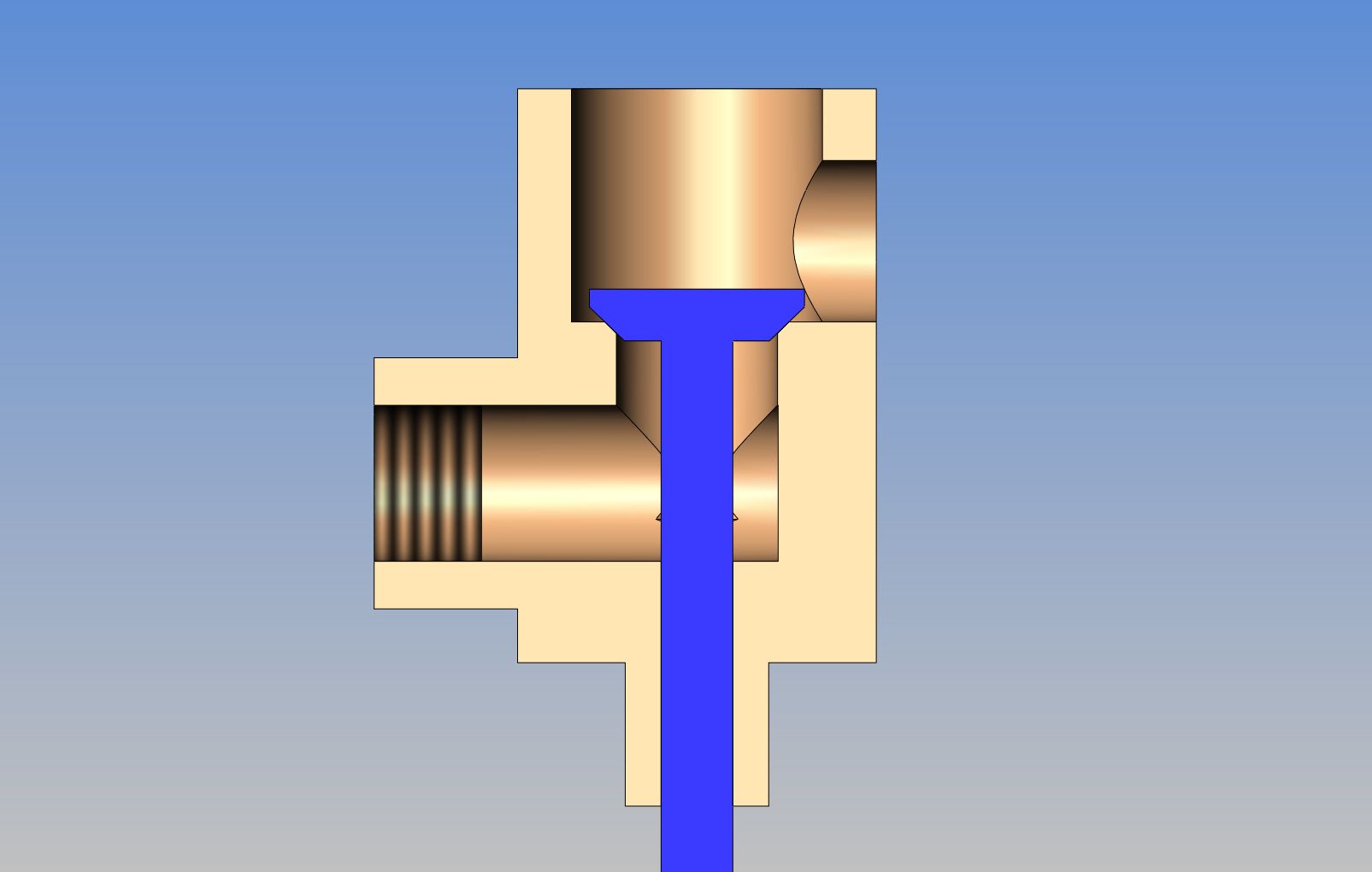jixxerbill
Well-Known Member
- Joined
- Jan 11, 2013
- Messages
- 114
- Reaction score
- 24
Great job Brian. Thanks so much for the pics and the explaining how you done things. I cant wait to see it run. Bill




but its leaking compression thru the exhaust valve. I'm about to quit for the day now, as I can only handle so much frustration at one setting
Luc---See posts 149 and 150.

Well actually Luc--I cut the seat at 45 degrees because thats the angle at which I made my manual valve seat cutter, and cut the valve at 46 degrees because I can manually adjust my lathe compound to whatever angle I want.Brian
are you cutting your seat at 44 degree and valve at 45 this will put your matting surface right in the middle
Hope it's help you
cheers
Enter your email address to join: